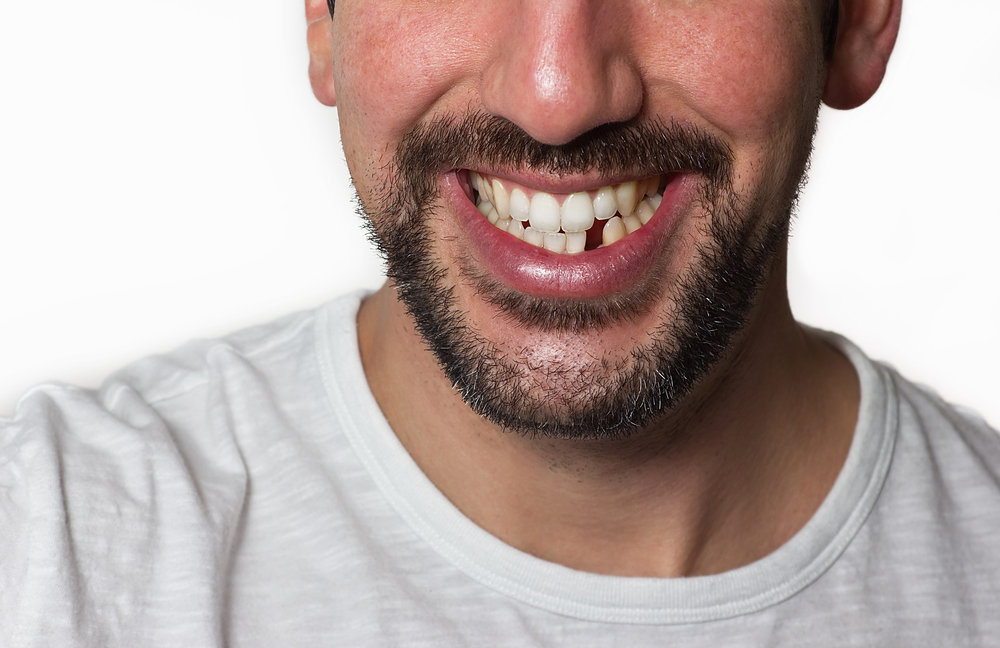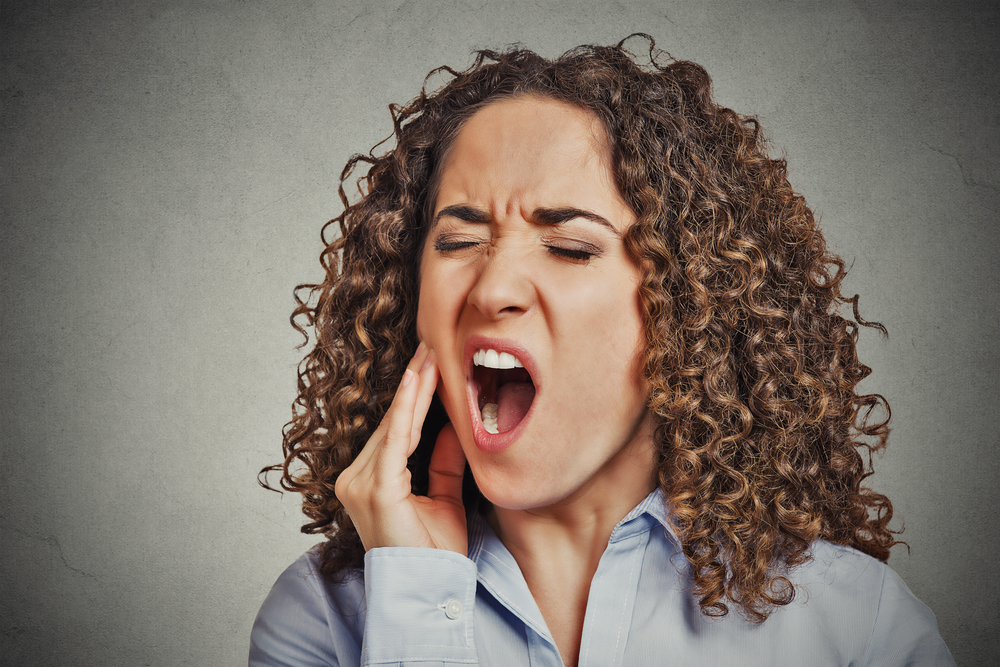
Indeed, oral health-related emergencies can strike at any time, like a thief in the night, oftentimes when you least expect them. Whether you’re dealing with a lost filling, a knocked-out tooth, or severe pain, it’s essential to know what steps to take during such times. Here’s your 10-step action plan for handling any dental crisis with confidence.
Step 1: Stay Calm
The first and most important thing to do in a dental emergency is to stay calm. It’s easy to panic when you're in pain or facing an unexpected dental problem, but keeping a clear head is crucial. Take a few deep breaths and remind yourself that this is a manageable situation. Staying calm will allow you to think more rationally and take the appropriate actions, such as reaching out to my local emergency dentist, to properly address the issue at hand.
Step 2: Assess The Situation
Once you've taken a moment to collect yourself, the next step is to assess the situation. Take a look in the mirror and try to identify what's wrong. Is there visible damage to a tooth? Are you bleeding from the mouth? Is the pain localized to a specific area, or is it more generalized? Making a quick mental note of your symptoms will help you communicate more effectively with your dentist and guide your next steps.
Step 3: Stop Any Bleeding
If your dental emergency involves bleeding, your top priority should be to control it. Rinse your mouth gently with warm water to clear away any blood or debris. Then, take a clean piece of gauze or a soft cloth and apply firm, steady pressure to the bleeding area. Hold the pressure for 15-20 minutes. If the bleeding doesn't stop after this time, or if it's extremely heavy, head to the nearest emergency room for immediate care.
Step 4: Manage The Pain
To find some pain relief, start by taking non-prescription pain relievers and follow the dosage instructions that come with their packaging. If you’re experiencing swelling, you can also try applying a cold compress to the outside of your cheek near the affected area. This can help numb the pain and reduce inflammation.
Step 5: Save Any Broken Pieces
If your dental emergency involves a chipped, broken, or knocked-out tooth, try to retrieve any missing pieces. These fragments can sometimes be bonded back onto the tooth by your dentist. If you find a broken piece of tooth, gently rinse it with water to remove any dirt or debris. Then, place it in a small container with milk or your own saliva to keep it moist. Avoid using tap water, as this can damage the delicate cells on the tooth's root surface.
Step 6: Treat A Knocked-Out Tooth
A knocked-out tooth is one of the most serious dental health emergencies. It’s significant to act fast, as there’s a limited window of time in which the tooth can be successfully re-implanted. If possible, locate the missing tooth and pick it up from the ground. Gently rinse off any dirt, but be careful not to scrub away any attached tissue fragments.

Step 7: Reinsert A Loose Filling Or Crown
Losing a filling or crown can be uncomfortable, as it exposes the sensitive inner parts of your tooth. As a temporary fix until you can seek medical help, try placing a tiny amount of dental cement bought from a pharmacy. If you still have the crown and it appears undamaged, you can try carefully reinserting it using dental cement or even a dab of toothpaste.
Step 8: Soothe A Painful Abscess
A dental abscess is a serious infection that develops around the root of a tooth or in the gums. It can cause intense pain, swelling, and even fever. If you suspect you have an abscess, rinse your mouth periodically with a mild saltwater solution. This can help draw out some of the infection and provide temporary pain relief. You'll need to see your oral physician the soonest for antibiotics and further treatment to resolve the infection.
Step 9: Contact Your Dentist
No matter what kind of dental emergency you’re facing, it’s crucial to contact your oral health professional right away. If it's during regular business hours, call their office and explain your situation. Many dental practices reserve time in their daily schedules for emergency appointments. If it's after-hours, listen carefully to their voicemail message. There may be instructions for reaching an on-call dentist or a referral to an emergency dental clinic.
Step 10: Prevent Future Oral Health Emergencies
Although there are dental accidents that are unavoidable, many can be avoided altogether with good oral hygiene and regular dental care. Brush your teeth twice a day with fluoride toothpaste, and floss at least once daily. Schedule regular visits every six months, or more often if recommended. If you play sports or engage in activities where there's a risk of mouth injury, always wear a properly-fitted mouthguard.
To Conclude
Dental emergencies can be stressful, painful, and frightening. But by familiarizing yourself with these 10 key steps, you'll be better prepared to handle any crisis that comes your way. Stay calm and act promptly – don’t allow an oral health crisis to dampen your lifestyle.